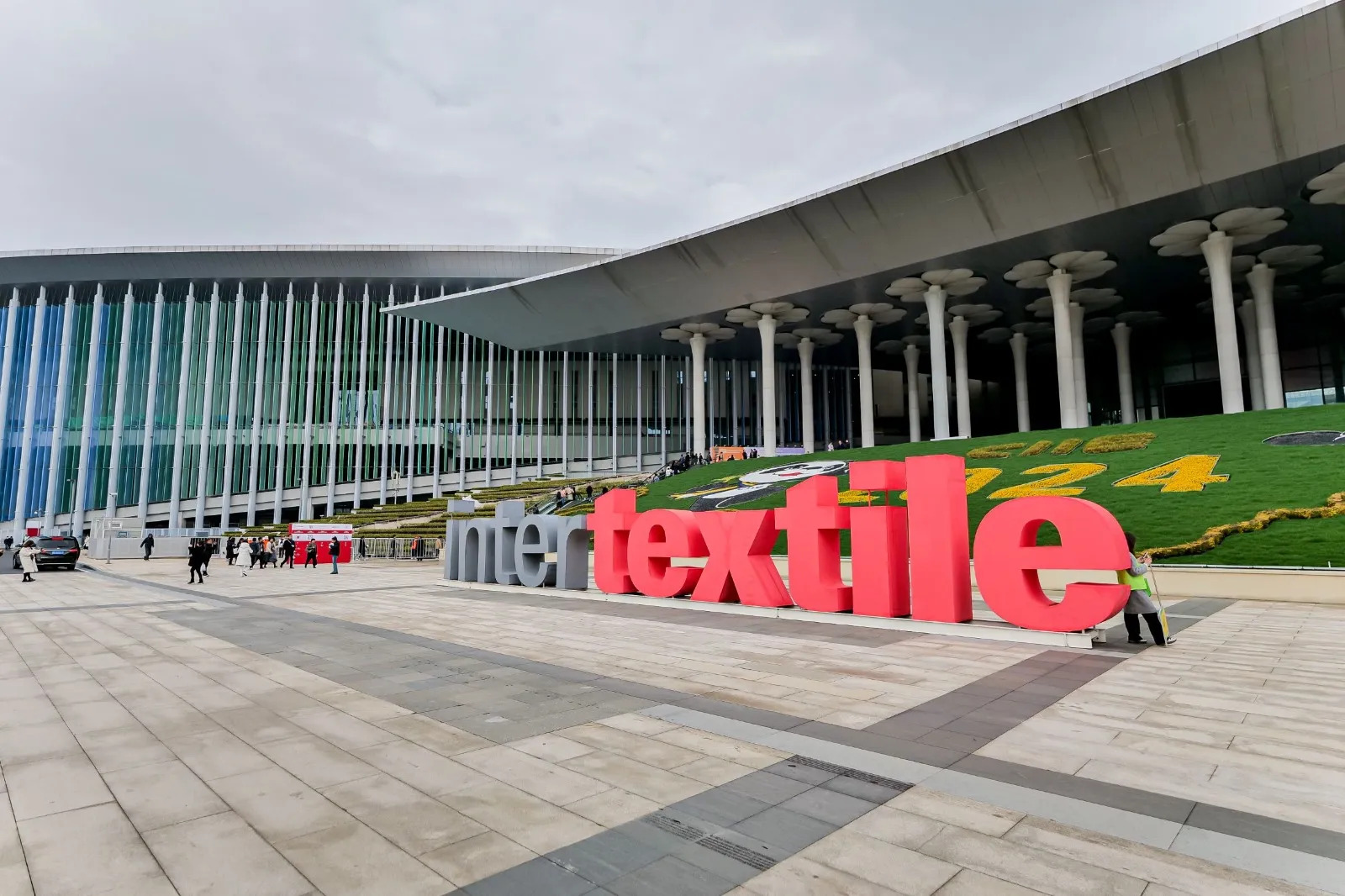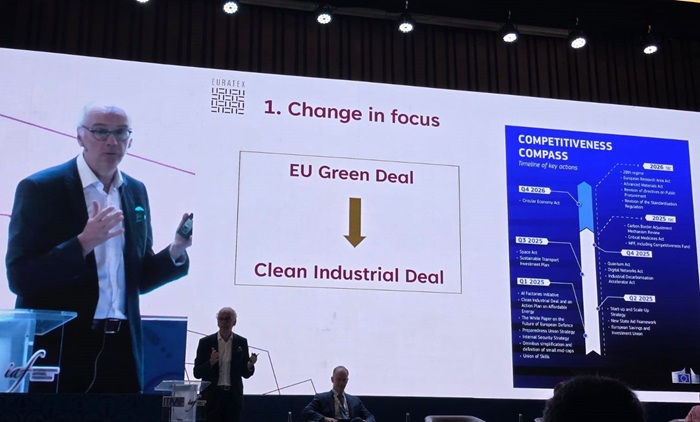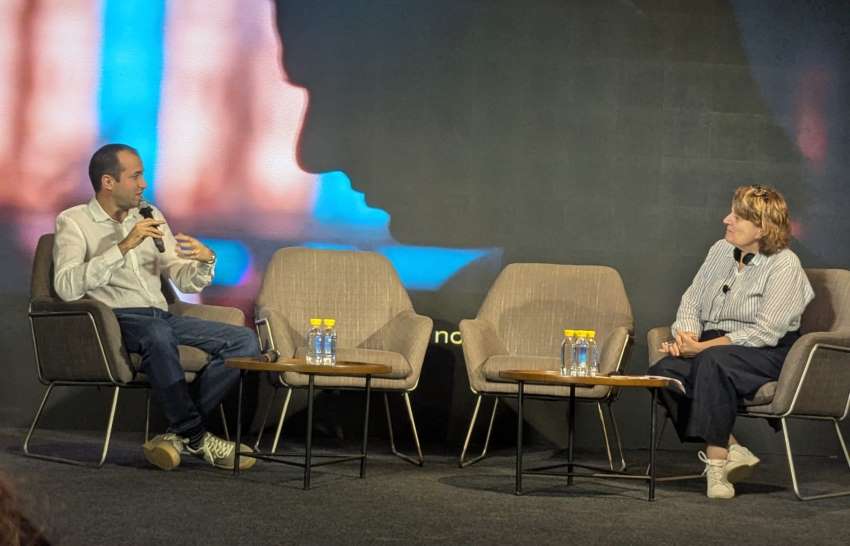FW
The proposed free trade agreement between India and Canada, which aims to reduce or eliminate duties on a large number of products traded between the two nations, is likely to be concluded by March next year. Negotiations for the agreement were launched by both countries in November 2010 to further boost bilateral trade and investment.
The proposed pact seeks to open the services sector and facilitate investment. One obstacle to signing the FTA is India’s highly protected market and the entrenched positions of both sides on key sensitive issues. Canada wants a lot in terms of access for its goods in a highly protected market, but has relatively little to offer in return because tariffs are already relatively low. And Canada is reluctant to give the one thing India really wants – freer mobility of visitors and temporary service workers.
It remains to be seen if the agreements include an investor-state dispute settlement provision. India was previously opposed to the controversial provision. There are charges that the FTA will promote the rights of transnational corporations at the expense of the rights of local communities to make their own decisions about social, cultural, environmental and economic policy.
Textile Association (India) has revamped its website Textileassociationindia.org. This has been done after significant progress and expanding its reach with a complete new Advance Content Management System (CMS), with a special focus on TAI activities and mega events including press releases, quick links, updated information about Indian textile industry, textile dictionary, expert talks, e-Journal and much more.
From design to content, the entire website has been redesigned with several language translation options to make it more user-friendly and interactive. TAI has moved a step ahead to also enable advertising opportunities on website banners along with several informative wings which has been attracting visitor traffic of over 16,000 page views per month from India and abroad, which includes industry leaders, textile associations, cotton and textile traders, equipment manufacturers, experts and government officials.
Website is an effective tool for strengthening marketing base in India and abroad through advertisements to boot the business opportunities across the globe. The revamped website has been done in order to make it more dynamic and friendly so that it can be accessed with smartphones, I-phone, I-Pads, tablets and so on.
www.textileassociationindia.org
Archroma has bought BASF's global textile chemicals business. The acquisition strategically complements Archroma’s product portfolio and geographical presence. Archroma is a global leader in specialty chemicals for textile, paper and emulsions sectors. The BASF business delivers products and technologies across the entire textile chemicals spectrum, with particular strengths in printing, finishing and coating chemicals.
Both group's textile divisions are clearly focused on strong technology developments and are constantly developing new and more sustainable products. BASF has developed a strong presence in China, India and Pakistan while Archroma is already well established in the American markets, especially in Mexico, Brazil and Argentina.
The acquisition will make the two groups reach yearly revenues of about 1.7 billion dollars. The new conglomerate is expected to register an average growth of about two per cent above local GDP.
The only entity to be further acquired by Archroma is BASF Pakistan, which is expected to be finalized in August 2015. From fiber to finish, Archroma’s chemical technology plays a key role throughout the entire value chain. From paints, adhesives and construction to the textile and paper industries, its emulsions can be found in a wide range of applications.
archroma.com/
The Philippines earned $2billion through exports of yarn, fabric and apparel in 2014. Of this, yarn and fabric exports shot up by 35 per cent year-on-year while clothing exports increased at 17 per cent. The majority of the country’s textile and apparel exports go to the US. The local textile industry boasts fiber production and the manufacturing of yarn, fabric and textile end products. It consists of two sectors: the primary processing sector, comprising spinning, twisting, weaving, knitting, dyeing and finishing. Secondary processing, which include apparel making and textile end products.
The Philippines is home to abundance of native natural fibers, including abaca, piña and silk. It is the largest producer of abaca and it exports both abaca pulp and fiber, which comes from banana plants. Making textiles from pineapple leaves is an expertise of the Philippines. The fiber rivals silk for its touch and luster.
However, Filipino fabric exports to the US are expected to drop following a US government decision to omit textiles, garments and apparels from its zero tariff privilege under the newly extended Generalized System of Preference. The program leaves out textiles, fashion and footwear, which are the Philippines’ second largest group of exports to the US.
The Nigerian textile industry is struggling with rising productions costs as business is getting tougher. Boko Haram insurgency too has affected textile firms’ production activities and supply chain. Mostly located in the northern part of the country, mainly in the Kaduna and Kano states, the impact of the Boko Haram rebellion is high in the Northeastern states of Adamawa, Borno, and Yobe. However, the supply of textile materials and products from Kaduna and Kano to the rest of the north has been limited. Besides, cotton farmers in several parts of the northern region of the country have fled, thus making access to raw material difficult for textile makers. Lack of support from domestic consumers and the government has also crippled the local textile and fabric makers.
The ongoing Common External Tariff (CET) too puts prices of these products at a disadvantage when compared to imported ones. Textile firms have accessed the CTG Fund from Bank of Industry (BoI), but they are struggling to pay back largely because of insecurity and tougher operating environment. Besides, the number of textile makers in the country has dipped from over 200 in the 1980s to around 10.
Italy's textile machinery sector looks positively at the current years, as the industry’s most important trade fair returns to Italy after 20 years. The fair provides an opportunity for the country to showcase Italian technology and stimulate new investments of the textile sector in Italy and Europe.
Year 2014’s end data was exhibited at the General Assembly of ACIMIT, the Association of Italian Textile Machinery Manufacturers. Year 2014 was a transitional one for the industry and production dropped by minus 1 per cent, compared to 2013, which came over a value of a little over €2.3 billion. Exports’ value for the preceding year was confirmed at around €1.95 billion and Italian exports were mainly to countries in Asia and Europe, with 81 per cent of sales there. Exports in European markets grew while it dipped in Asia. China remains one of the main export markets, though there was a 25 per cent drop in sales of Italian machinery in 2014 compared to 2013.
In 2015, the industry is predicted to benefit from macro-economic factors that show cautious optimism. An encouragement in investments in machinery by textile companies that will benefit from a weaker euro boosting exports is pushed for in the domestic market. ITMA 2015 will be held from Nov 12 to 19 in Milan, which is the textile machinery’s main trade fair. The forecasts are driving force to capitalise on Italian and European investments in the textile industry.
Sri Lanka's apparel exports saw strong demand in the first quarter of 2015. The US and the European Union accounted for 89 per cent of total apparel exports. In fact, Sri Lankan apparel exports to the EU and the US increased by 10.9 per cent and 8.8 per cent respectively. Knit garment exports increased by 11.7 per cent while exports of woven apparel increased by 7.1 per cent in the 2014 calendar year.
The knit manufacturing segment is showing growth potential with many countries looking at Sri Lanka as a potential manufacturer for this range of garments. A significant development during the year was the commencement of negotiations to regain the GSP Plus facility for Sri Lanka. If re-instated, the GSP facility will provide concessionary access for Sri Lankan apparel into the EU and will enhance the growth potential of the entire apparel industry.
GSP Plus would allow duty free exports for Sri Lanka. This price differential will significantly boost European demand for Sri Lankan apparel. The concessions will make sourcing fabric within Sri Lanka more attractive and will also reduce the cost of imports from Sri Lanka into EU countries.
Bangladesh has begun greenhouse trial of a genetically modified (GM) cotton variety imported from China. GM cotton seeds are infused with genetic traits taken from a soil-dwelling bacterium, Bacillus thuringiensis (Bt) that effectively fights bollworm, a harmful caterpillar responsible for damaging cotton yields.
Typical synthetic pesticides have become increasingly ineffective in fighting cotton bollworm, thereby causing crop losses of up to 20 per cent. Cotton growers’ expenditure on pesticides accounts for 40 per cent of total production costs. Once the greenhouse trial completes by December this year, the Bt cotton will see a field trial in the next season and then trials for its adaptability will begin at a regional level in the following season.
The GM variety should be available in the hands of cotton growers once all the trials are done in three years' time. Bt cotton has the potential to increase yields up to 20 per cent and enhance fiber quality of cottons as those are not attacked by bollworms.
Bangladesh has set a target to increase annual cotton production to one million bales in the next five years. The introduction of Bt cotton is expected to help reach that target easily as well as helping save the money spent for costly imports.
Pakistan’s readymade garment exporters want measures that will bring down the cost of doing business. They say this will help them become competitive vis-a-vis other countries in the region. In five years, China has added 35.29 million spindles, India has added 14.2 million spindles and Bangladesh 1.98 million spindles. In Pakistan, only 1.02 million spindles were added.
Pakistan’s textile exports consist of apparels, knitted and woven garments, bed wear, made-ups, processed fabric, knitted and woven fabric, towels etc. The value-added textile export sector generates almost 34 per cent of the nation’s total employment.
Pakistan’s wages, interest rates, electricity, gas and water tariffs create hurdles for smooth business. The available gas is being supplied to unproductive sectors, causing a loss in terms of foreign exchange. The GSP Plus facility does not seem to have brought about the desired results. Exporters say they have been unable to produce export surplus due to massive energy constraints. They want policies that will encourage investment in the textile sector.
Few years ago, Pakistan’s textile exports were close to Indian textile exports but since then, Indian textile exports have surged ahead mainly due to conducive policies and a business-friendly environment.
Bangladesh will give a cash subsidy for some 14 exportable products in the fiscal year 2015-16. Exporters will receive cash subsidy on the products against net repatriation of the free-on-board prices from July 1, 2015, to June 30, 2016.
Cash subsidy for four products, including textiles has, however, been reduced. The cash incentive for the export-oriented local textile sector came down to 4 per cent in financial year ’16 as an alternative to duty bonds and duty drawbacks from 5 per cent a year ago. Exporters from small and medium industries in the textile sector will get an additional incentive of 4 per cent along with the regular incentive instead of 5 per cent earlier.
The cash subsidy on handmade products from hay and sugarcane fiber will remain unchanged at 15 to 20 per cent for financial year ’16 while three per cash incentive will be unchanged for export of new textile products and expanding export of apparel items to new markets other than the United States, Canada and the European Union. The cash subsidy on leather goods has been re-fixed at 12.50 per cent from 15 per cent.












